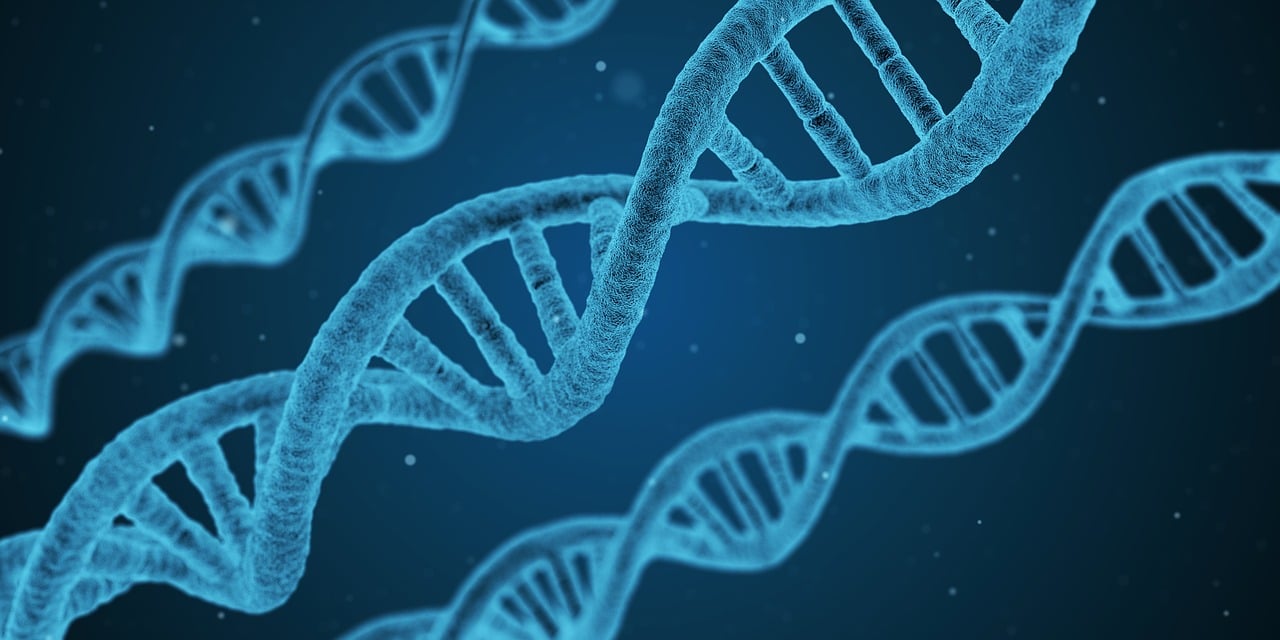Tech firms visiting universities for hiring is nothing new. However, a recent report from Bloomberg claims that Apple, Facebook, Google and Twitter are turning to animal research labs for attracting new talent. A question that naturally comes to mind is why Facebook, Google, Twitter and Apple hire animal researchers.
It may sound weird at first. However, after understanding what these animal researchers would study or do at these tech firms, it starts to make sense why Facebook, Google, Twitter and Apple hire animal researchers.
To explain the logic behind it, Bloomberg used an example of a mouse named Jaguar, the genetically altered mouse at the Rowland Institute at Harvard. Researchers at the institute have trained the mouse to perform certain actions, such as play video games, use his right paw to operate a joystick and navigate a virtual environment.
While Jaguar performs such actions, researchers track his brain function. Though such a study can give important information on how the brain functions, researchers are more focused on its application in the field of artificial intelligence.
Studying how mice learn could help researchers in understanding how to teach machines. For instance, learning how the mouse reacts to a new situation in a video game could help researchers apply the same findings to computers.
“Within one session, you can teach them new rules and literally watch thousands of neurons learn this process and see how they change,” Mackenzie Mathis, the neuroscientist leading the experiments tells Bloomberg.
The Bloomberg report also talks about animal researchers that are studying songbirds. Getting to know more about such birds, such as how they imitate one another, could help researchers teach language skills to the machines. Moreover, such studies could also be helpful for sound-recognition systems, like teaching verbal commands to voice assistants.
Similarly, AI programs can be developed by studying animals like Zebra finches and sheep. For the tech firms, such types of studies could prove very useful to bolster their consumer products. For instance, the technology developed on such studies can be used to make digital assistants smarter and self-driving safer.
Further, the autonomous vehicle systems could be trained to make more human-like decisions. Both digital assistants and self-driving areas are of interest to Apple and Google.
Rowland Institute’s Jennifer Li tells Bloomberg that nature could help AI researchers develop advanced and intelligent systems quicker. “If you were to use biology, you can essentially cheat and look at what the solution should be without having to reinvent the wheel,” Li says.
Separately, there are companies that are working to develop brain-computer interfaces to make prostheses behave like natural limbs or allow humans to download knowledge into their brain. Some of the companies involved in such work are Elon Musk’s Neuralink Corp. and Bryan Johnson’s Kernel.
A report from Bloomberg last month noted that Neuralink has raised $39 million of its planned $51 million funding. As of now, it is not clear what progress the company has made in terms of technology. However, a recent tweet from SpaceX and the Tesla CEO, in response to a question on Neuralink technology said “coming soon.”
Last year, Musk told Axios that Neuralink technology would include an “electrode to neutron interface at a micro level.” Explaining further, Musk said it would be a chip along with “tiny wires” that would be implanted surgically into the skull.
Moreover, Musk also linked AI to “digital intelligence,” adding that it could go out of control if ignored. “As the algorithms and the hardware improve, that digital intelligence will exceed biological intelligence by a substantial margin,” Musk told Axios.
Speaking at the technology conference in 2016, Musk said AI could treat humans as house pets if there is no brain-computer interface. Musk, who has long been a critic of artificial intelligence, founded Neuralink in 2016.
Apart from making knowledge downloadable, Musk envisions other applications of the technology as well, such as in the field of medicine. One particular use would be to reduce memory loss or curing spinal cord injuries.
“It could restore full limb functionality,” Musk says.





